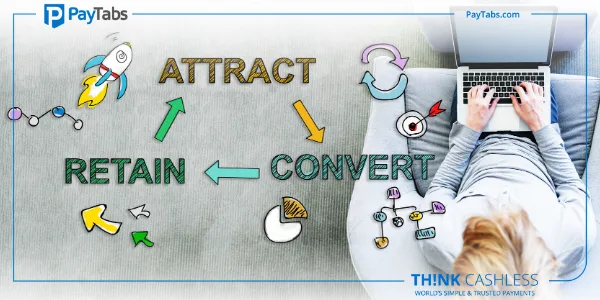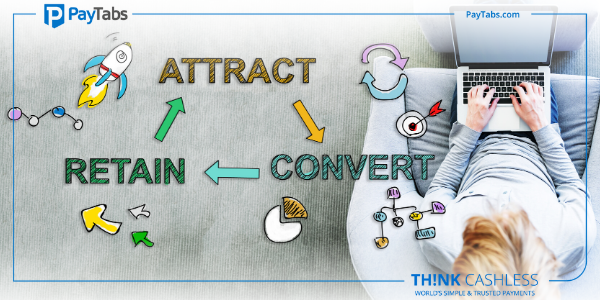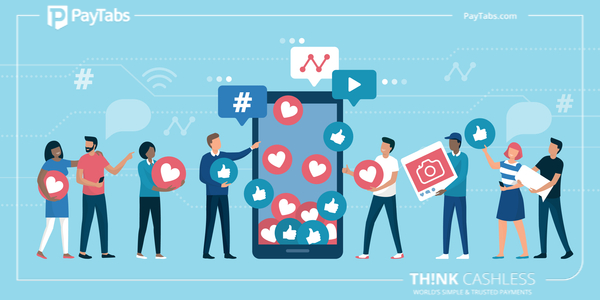The Ultimate Guide to Customer Reviews and Testimonials
customer reviews

As the Internet emerged, customer reviews and testimonials have appeared as an indirect method of promoting goods and services. The usefulness of customer reviews has increased with the rise in e-commerce and online shopping. Shopping websites invariably carry a large number of testimonials and customer reviews for most of their products. Such reviews are not only helpful for the business but also for the customers as they get unbiased information and get to make an informed choice about the products prior to purchasing them. Here are some of the reasons why a business should actively manage its reviews and testimonials and how they should do it.
What is a Customer Review?
A customer review is a written statement and provides an opinion about a product or an entity. This statement reflects the customer’s opinion as well as their experience. It is estimated that over 90% of online shoppers read customer reviews before making a purchase. These reviews have now largely replaced personal referrals as people find these reviews to be more relevant and objective. A business can use reviews received to expand its market share and broaden its customer base. Further, these reviews may also help a business to get better search engine rankings.
Top Customer Review Strategies
In order to utilize the benefits of customer reviews and testimonials, it is important to take stock of your objectives and draw up a relevant strategy. These strategies will ensure that you get better bang for your buck.
- Ask Your Existing Customers: You can harness the power of your existing customer base to create new markets. Request them to provide reviews and testimonials in return for a shoutout or corporate giveaway for example. In order to induce them to write a meaningful review, you can also provide them with benefits such as discount coupons or exclusive deals and pricing. Additionally, you can also provide them with information about specific details to be included in the review. This step will ensure that you do not have to carry out extensive editing of the reviews and the reviews are relevant to your potential customers.
- Find the Promoters: While reviews are expected to be unbiased, you can still boost your positions by focusing on people who are more likely to provide positive reviews about your business. Promoters are the people who are very pleased with your services and therefore are more prone to recommend your business to their family and friends. You can also automate the process of approaching such promoters and asking them to leave a review. There are many tools available for this purpose and you can more than recover your cost by boosting your topline.
- Guide Your Customers: While your customers may have very high view of your products, they may not be accustomed to the nuances of online reviews. Such inexperience may render reviews ineffective and unable to garner proper results. It is imperative that you guide your customers to help them write powerful yet unbiased reviews. You may also guide them towards proper places where they should post their reviews. While many businesses post review on their own websites, they may also rely upon third party review websites. In such situations, it is important to steer customers in the right direction.
- Manage User Generated Reviews: With the increase in the popularity of aggregating sites and review sites such as Yelp and Twitter, it has become a little more difficult for businesses to properly manage their reviews. However, the businesses are still required to monitor such sites carefully so as to present a truthful picture of their operations and offerings. You can encourage your customers to leave their reviews on such websites by incentivizing them. One of the ways to do this is to add link to such websites in your web content. You can also start your own fan page on Facebook and other social media websites and gather reviews there.
In the e-commerce era, customer reviews are more than just a statement. It is a comprehensive marketing strategy which combines written testimonials with the wise use of social media influencers and promoters. With a customized approach, you can transform customer reviews into a viable and efficient marketing and PR tool.







